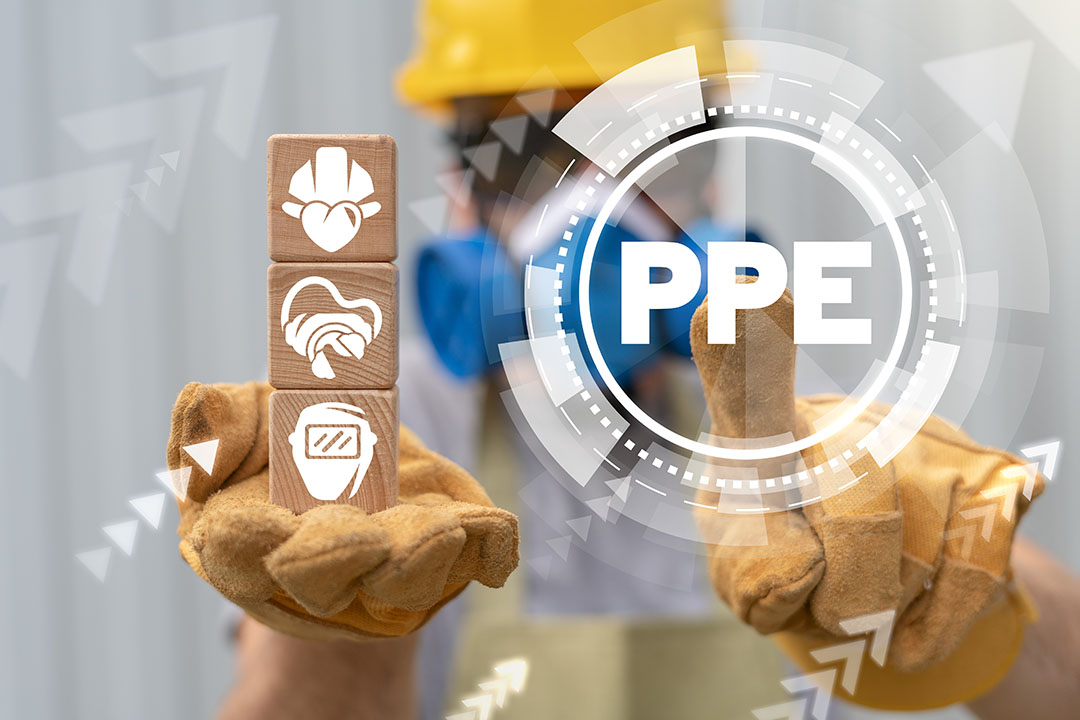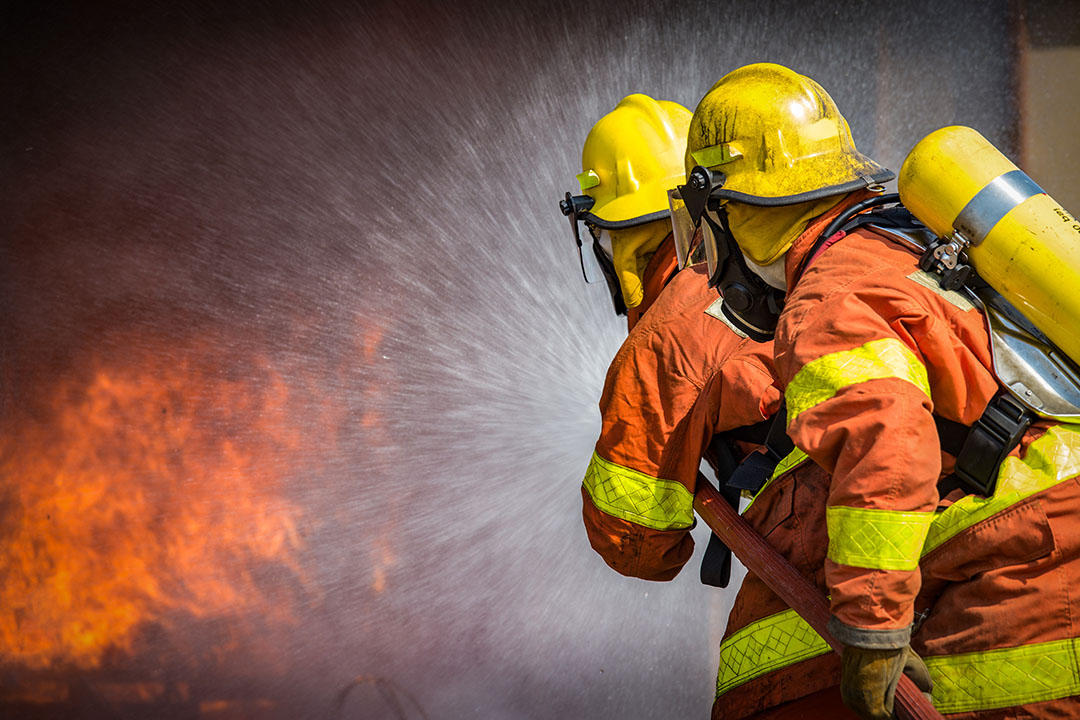
No matter what kind of work you do, it is very likely that you are familiar with personal protective equipment. Think of hard hats at construction sites, gloves and masks in hospitals or the full protective gear donned by firefighters. These are all examples of personal protective equipment and demonstrate the wide range of equipment that exists.
Personal protective equipment, or PPE, is the term for clothing, helmets, goggles and other equipment designed to protect the wearer from physical, electrical and heat hazards, chemicals, biohazards, and airborne particulate matter.
Since 1974, the Occupational Safety and Health Administration (OSHA) has developed and enforced many standards for the use of PPE. Under OSHA guidelines, with few exceptions, employers must provide safe and effective PPE that will protect each affected employee from any identified hazards or potential hazards, at no cost to the employee.
Employers are also responsible for providing proper and complete training on any piece of PPE that may be used. All employees using PPE must be able to demonstrate full understanding of:
- When PPE is necessary
- What PPE items are necessary
- How to properly put on, adjust and remove PPE
- Any limitations of the PPE
- Proper maintenance and disposal of the PPE
From your head to your feet, there are types of PPE for every body part and for many different situations. So how do you know which items of PPE are appropriate, and when?
Basic Types of PPE
No matter what kind of hazard may be present on a jobsite, there is some form of PPE that can help protect affected workers. While there are four general categories of PPE, we have broken them down further to provide more detailed examples.
1. Head
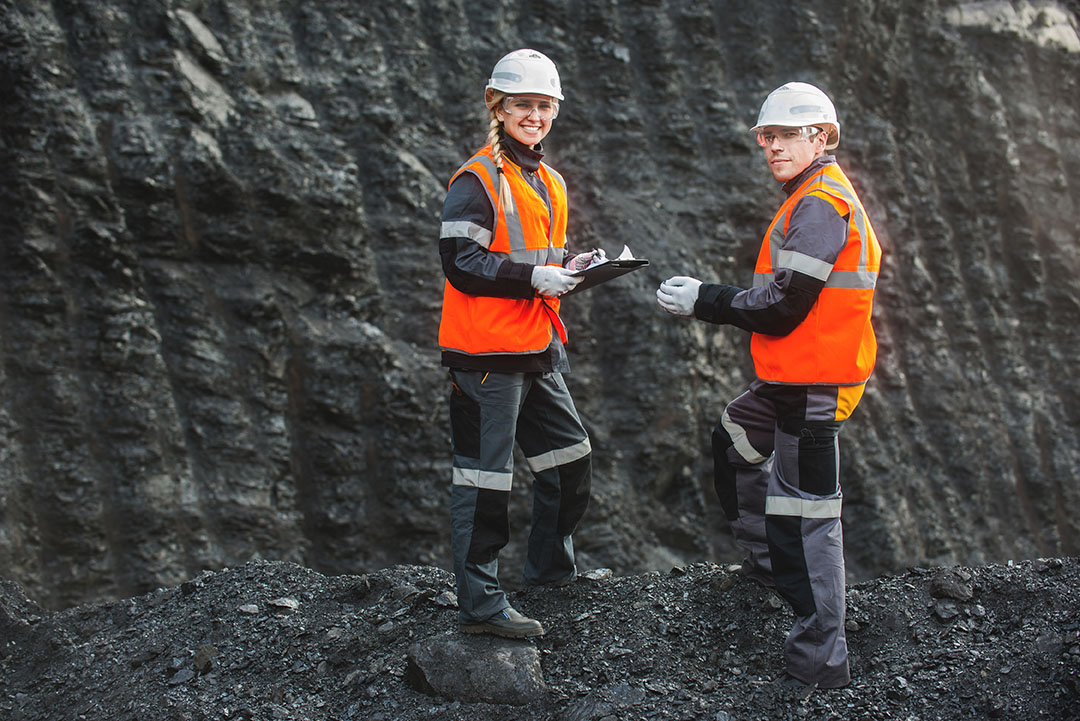
Providing head protection is one of the easiest ways to protect employees from serious injury or even death. It is crucial that hard hats or other headgear fit the individual employee for proper use, and you should always replace a hard hat if it sustains an impact, even if there is no noticeable damage.
2. Eyes/face
According to the National Institute for Occupational Safety and Health (NIOSH), roughly 2,000 workers sustain a work-related eye injury every day, the majority of which can be prevented by PPE. The proper glasses, goggles or face shields can protect workers from projectiles, chemicals, radiation and bloodborne pathogens. Understanding the dangers within your workplace will determine the level of eye protection needed.
3. Hearing
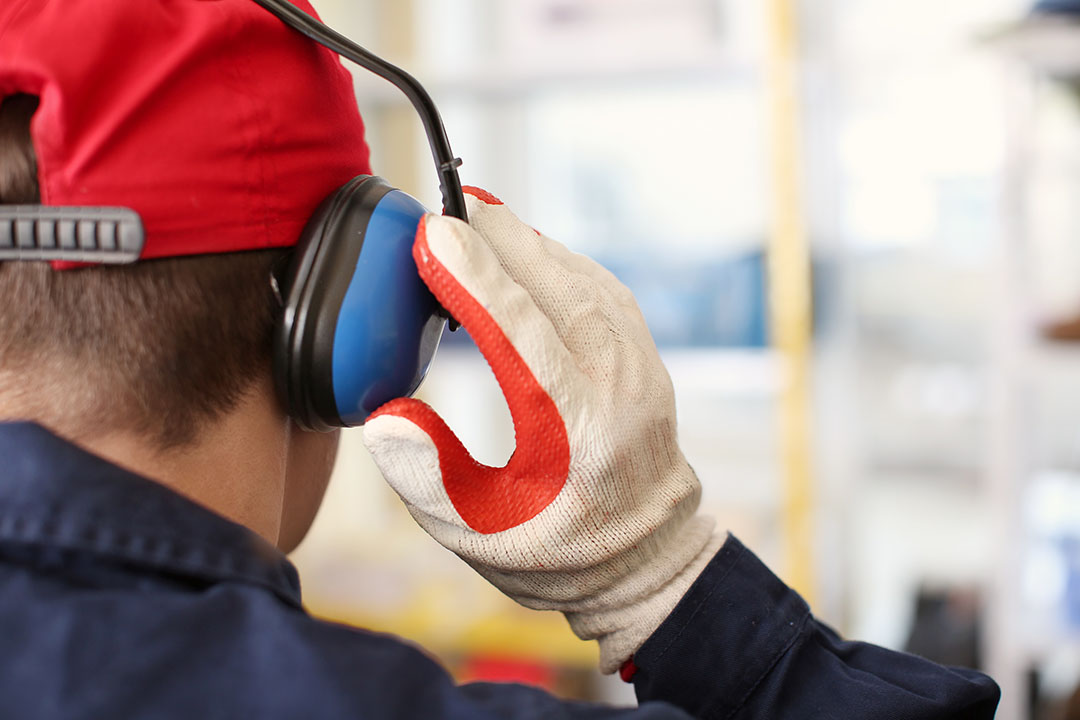
Industrial noise is often overlooked as an occupational hazard, but the Centers for Disease Control estimates 22 million workers are exposed to potentially damaging noise each year. In addition to implementing controls to minimize or remove hearing hazards, employees may need to wear some sort of hearing protection, which includes earplugs and earmuffs.
4. Hands
Perhaps unsurprisingly, there are many types of gloves available to protect against many types of hazards. The nature of the hazard will affect the selection of a glove, from cotton to latex to metal mesh and more. Comfort and functionality are both extremely important when considering the fit of any glove.
5. Feet
Similar to the hands, there are many different hazards that may cause foot and leg injuries, including falling or rolling objects, crushing machinery, corrosive material or electricity. Based on the potential hazards, required PPE may range from leggings to toe guards or even specially designed safety shoes.
6. Respiratory
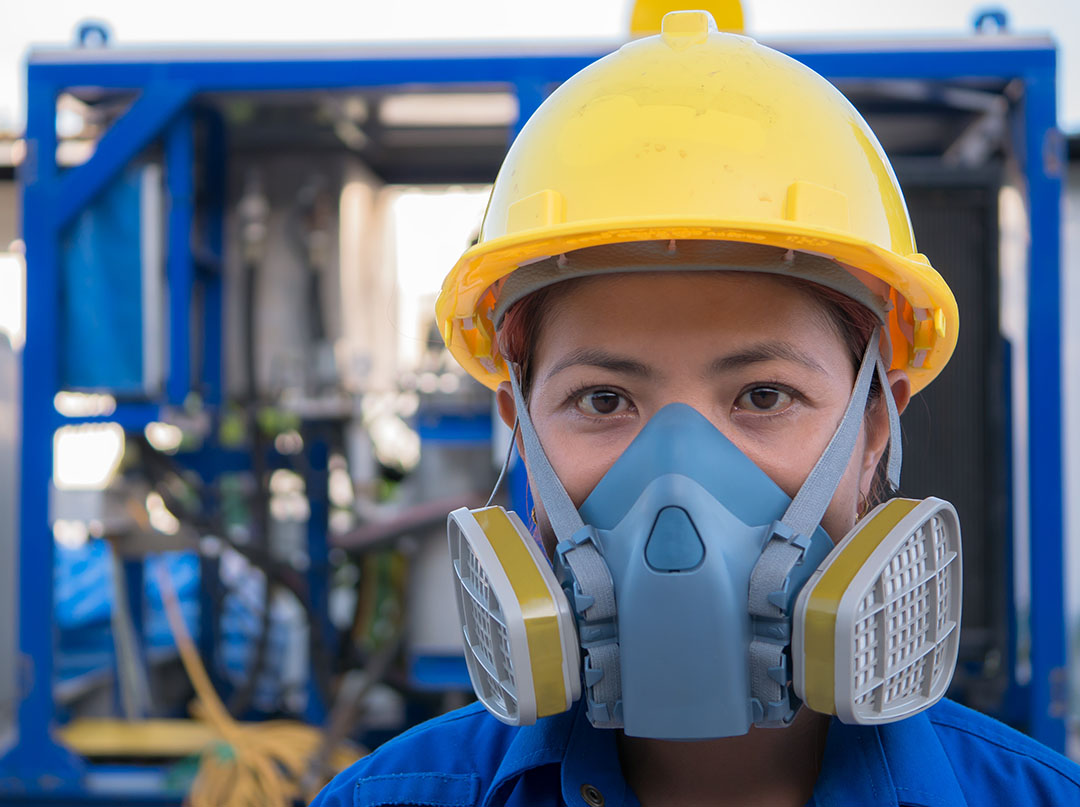
This category of PPE may be the most in-depth, as evidenced by the fact that OSHA has entirely separate respiratory standards. When conducting respiratory protection safety, equipment must be fit-tested and all employees need to undergo proper training before wearing any type of mask or breathing apparatus.
7. Body
Full-body suits can help protect employees from things such as cuts, radiation, heat or cold, chemicals and liquid splashes. PPE clothing must be inspected before each use and needs to fit the affected employee properly. If tears occur or if dangerous substances end up on the clothing, all items need to be properly disposed of.
8. Fall
In 2020, despite an 8.5% drop in the numbers, falls were still the second-highest fatal injury type, making up more than 1 in 6 occupational deaths that year. However, such incidents can be easily prevented by implementing fall protection PPE, such as harness systems or safety lanyards.
Ready to learn more about SafetySkills online safety training?
Understanding the Limits of PPE
One extremely important aspect of personal protective equipment is understanding when it needs to be used. Conversely, employers and employees also need to recognize when PPE will not be useful or sufficient.
The National Institute for Occupational Safety and Health, known as NIOSH, leads a national initiative called Prevention through Design (PtD) in order to “prevent or reduce occupational injuries, illnesses, and fatalities through the inclusion of prevention considerations in all designs that impact workers.” Part of PtD is the hierarchy of hazard controls, which is promoted by numerous safety organizations.
The hierarchy of hazard controls consists of elimination, substitution, engineering controls, administrative controls and PPE. Within this hierarchy, PPE is the least effective means of controlling hazards. However, it is often much easier to implement PPE and various types can be easily utilized in a number of workplace scenarios.
Along with the type of hazard and method of exposure (inhalation, skin absorption, ingestion, etc.), there is another factor that needs to be considered when determining the best equipment to use: the level of protection afforded.

PPE is divided into four categories, A, B, C or D, based on the degree of protection. Combinations of the items listed below may be more appropriate based on specific hazards, but these stand as reasonable guidelines from OSHA and can be considered a good starting point for PPE consideration.
- Level A: When an identified hazardous substance requires the highest level of protection for the skin, eyes and respiratory system. Examples include:
- Full-face self-contained breathing apparatus, fully encapsulating chemical-protective suit, outer and inner chemical-resistant gloves, steel-toed boots and shank, hard hat, and disposable protective suit.
- Level B: When identified substances require a high level of respiratory protection but less skin protection. This is the minimum level recommended on initial site entries until hazards have been further identified. Examples include:
- Full-face self-contained breathing apparatus, hooded chemical-resistant clothing, coveralls, outer and inner chemical-resistant gloves, steel-toed boots and shank, and hard hat.
- Level C: When identified substances will not adversely affect skin but have met the criteria for use of air-purifying respirators. Examples include:
- Full-face or half-mask air purifying respirators, hooded chemical-resistant clothing, coveralls, outer and inner chemical-resistant gloves, steel-toed boots and shank, and hard hat.
- Level D: Primarily a standard worksite uniform and mostly for nuisance contamination only. This level should not be used when any respiratory or skin hazards exist or could exist. Examples include:
- Coveralls, gloves, steel-toed boots and shank, safety glasses, hard hat and escape mask.
Training on PPE

A major benefit of online training is that it can be completed by employees at any location. Whether you have an office employee taking the course on a desktop computer or an oil worker going through training on a tablet while on the rig, online courses make training fully accessible.
But what does OSHA think of online training? While they do believe computer-based training (CBT) can be highly effective as part of a health and safety training program, they caution employers to not rely solely on CBT for safety training.
When it comes to PPE, some in-person training will very likely be required no matter what. For instance, anyone can take an online respiratory protection course to understand the basics and general safety concepts, but until an employee has physically handled the types of respirators they could encounter, they may not be prepared to effectively use the PPE on the job.
OSHA regulations regarding PPE require retraining in certain situations, such as changes to the PPE used or if an employee demonstrates a lack of understanding. Online training makes it easy to go through training as often as is needed — or as often as you’d like. Even if not required, when it comes to personal protective equipment, it is never a bad idea to brush up on training.
Contact SafetySkills today to find out how you can easily get all employees up to speed on the different types of personal protective equipment that may be required at your jobsite.

